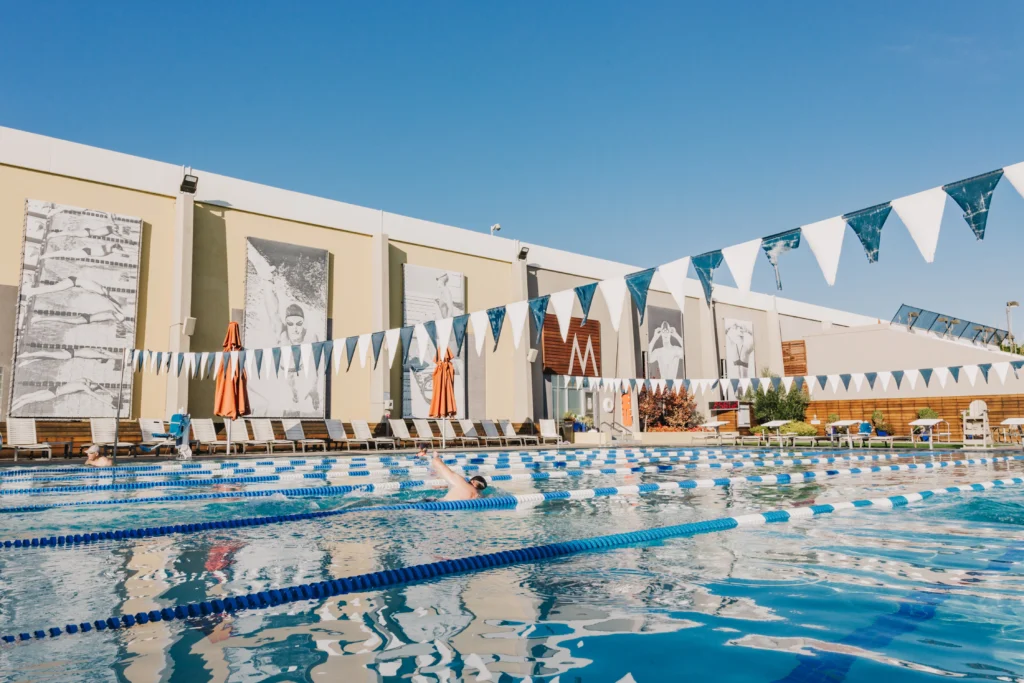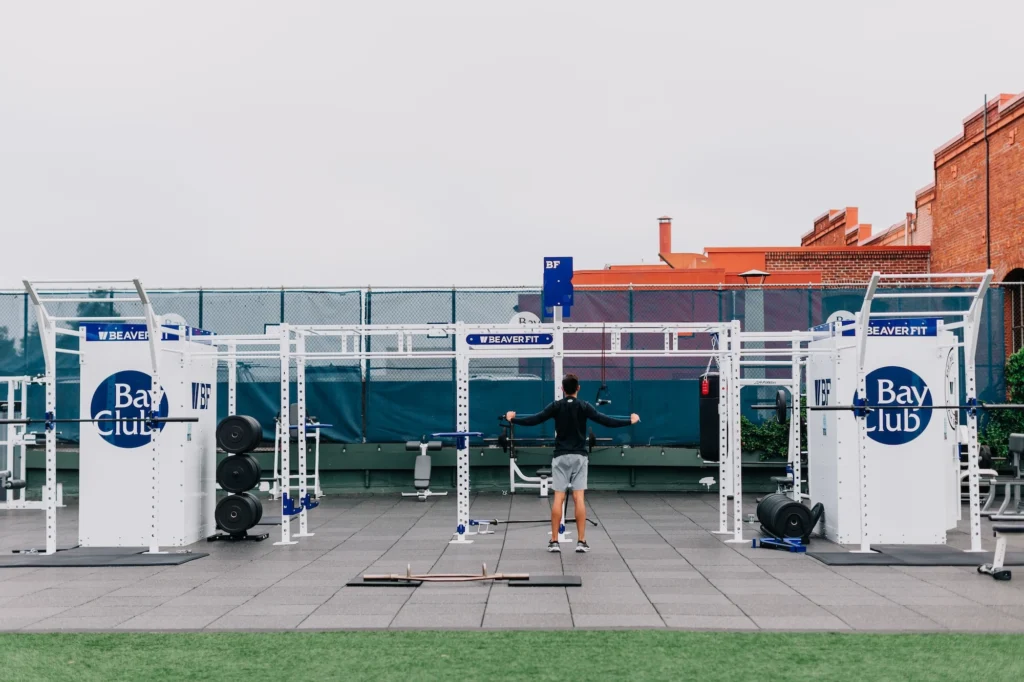The Bay Club, which operates sports and active lifestyle clubs in California, Oregon and Washington, is doing things differently than its competitors.
Bay Club occupies a unique space within the fitness and wellness industry. With 26 locations across 10 campuses, this West Coast giant isn’t exactly a country club or sports complex. And even though all these spaces are used for sports, they are certainly not your run-of-the-mill gyms.
The San Francisco-based brand describes itself as a “sports and active lifestyle company,” offering everything from state-of-the-art fitness facilities to spa and beauty services to pickleball, tennis and golf. I am.
With 135,000 members and a presence in major West Coast markets including the San Francisco Bay Area, Los Angeles, Seattle and Portland, Bay Club is certainly doing something right.
Bay Club Chief Customer Officer Joe D’Alesio told Athlete Tech News that the brand’s secret sauce is a three-step process that guides strategic decisions on everything from food and beverage offerings to acquisitions. He said it’s in the “playbook,” which is a process.
“We’re looking at it in three steps: dominant position in the geographic zone, best-in-class products and innovative amenities… and the ability for consumers to define who they want to share their club with. We want an open membership system,” D’Alessio says of Playbook.

D’Alessio spoke with ATN and detailed each step of Bay Club’s strategy.
Step 1: “Geographic advantage”
Founded in 1977, the Bay Club has yet to expand beyond its West Coast roots. This is not due to lack of demand, but rather a strategic choice by the brand’s management.
Rather than competing to open new stores in every corner of the country, Bay Club seeks to monopolize the markets it enters with integrated services that it cannot compete with. The brand currently operates 26 clubs across 10 “campuses,” allowing members to belong to multiple locations with one membership.
On Campus In San Francisco’s East Bay region, Bay Club operates four locations, each adhering to the brand’s core ethos but offering something a little unique. . Bay Club Walnut Creek features a 175-room hotel complex in addition to a pool, tennis courts, and fitness options including Pilates, yoga, and weight training. Nearby Bay Club Crow Canyon has an 18-hole golf course with professional instructors.
“We want a cluster of clubs in a geographical zone and a complementary campus with a high level of amenities to occupy a dominant position in the market,” explains D’Alesio.

In total, Bay Club currently operates stores in the following locations:
Northern California (17 clubs on 6 campuses spanning San Francisco, San Jose, Santa Clara and surrounding areas) Southern California (6 clubs on 2 campuses in Los Angeles and San Diego) Pacific Northwest (3 clubs on 2 campuses in Seattle and Portland) club)
Step 2: Amenities, amenities, amenities.
When members enter a Bay Club location of their choice, they can expect best-in-class amenities from dining to spa services.
D’Alesio said Bay Club categorizes its amenities into four “quadrants”: fitness, sports, family and hospitality.
“The benefit of our product is that you can come to the club and do 30 different things for 30 days in a row,” he says.

On the hospitality side, Bay Club recognizes food and beverage as a key differentiator. Bay Club has partnered with Café Vida, a Southern California chain serving healthy, Latin-inspired cuisine, at its El Segundo (Los Angeles) location. Cafe Vida will operate the food and beverage operations for the entire club, providing a restaurant-like atmosphere within a gym.
“It’s really the soul of the club, providing not only such high-quality products, but also high-quality service to our member base,” said D’Alessio, who said the cafe will serve a full menu, including breakfast, lunch and dinner. Let’s talk about Vida. Smoothie and protein shake options are also available.
Bay Club hopes to replicate the Café Vida experience at other clubs. In July, the brand partnered with multi-brand restaurant Local Kitchens to enhance the member experience at its Redwood Shores location on the San Francisco Peninsula. At Redwood Shores, Bay Club members can order burgers, salads, pizza, Mexican food and more.
Bay Club will consider adding local kitchens to other clubs if the initial operation in Redwood Shores goes as planned, D’Alessio told ATN.

When it comes to fitness, Bay Club has added dedicated recovery centers to 13 of its 26 clubs. Members of these clubs now have access to tools such as Hyperice massage guns, Normatec boots, WellnessSpace branded CryoLounge+ and HydroMassage chairs, all included as complimentary services within the membership fee.
Bay Club is also in talks to add next-generation sports experiences such as golf and ski simulators to some clubs, but nothing has been confirmed in that regard yet.

Step 3: Shared membership
Last but not least, Bay Club takes a modern approach to one of the most sacred areas in the fitness industry: membership sales.
After the COVID-19 pandemic, Bay Club launched a shared membership program, allowing people who are not part of the same traditional family unit to share a joint membership at a discounted rate. Shared Membership allows Bay Club account holders to add up to five additional members (family members, friends, roommates, or co-workers) to their account for a small monthly increase.
While it may not seem like a big deal, shared memberships like this are still not common in the fitness industry, especially in expensive luxury clubs, some of which impose strict cohabitation requirements on family plans. There’s also a club.
“The market allows for this diversity,” D’Alesio said of shared membership, noting that Bay Club now attracts a broader demographic in the West Coast cities where it operates. .
“If you look at San Francisco, before coronavirus we had a minimal family membership, but now it’s mostly young professionals, with shared memberships where friends and colleagues can come and work on products together. “There is,” he added. “In the suburbs, we see families of four adding their children’s friends to their accounts.”




